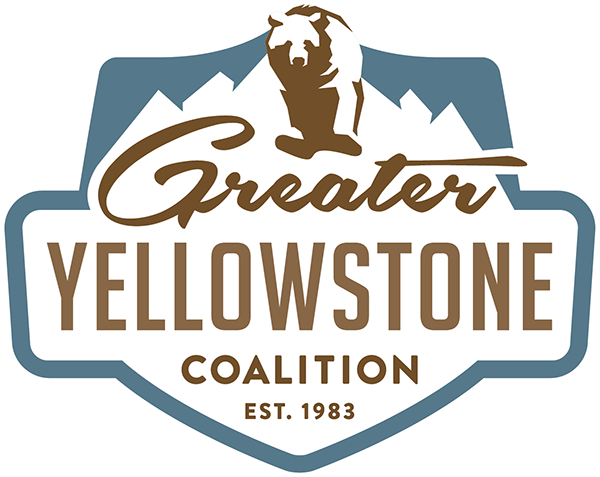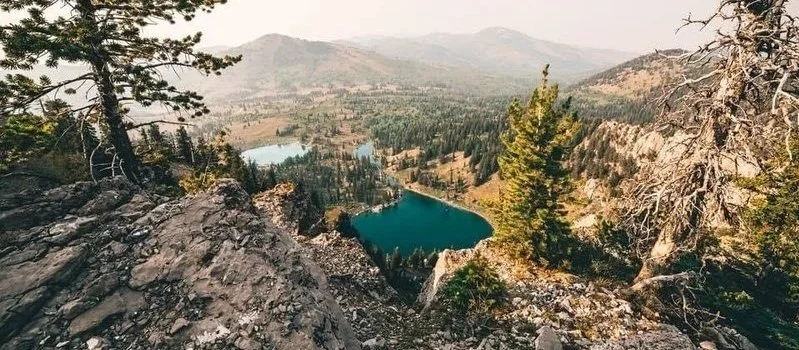Protecting America’s Wildest Forests: The Roadless Rule
Earlier this summer, a federal plan to sell-off millions of acres of national public lands across the United States failed after intense bipartisan backlash—a huge win for the Greater Yellowstone Ecosystem. But, more threats to our public lands are mounting.
Some of the wildest, most pristine forests in the region may be at risk under a proposal to roll back the 25-year-old Roadless Area Conservation Rule. These undeveloped lands provide drinking water, habitat for iconic wildlife, and world-class outdoor recreation opportunities.
Expansive views within an Inventoried Roadless Area in Idaho. Photo USDA/Joe Beck
Adopted in 2001 with overwhelming public support—including a record-setting 1.6 million public comments—the Roadless Rule protects 58.5 million acres of national forests in 39 states from new road construction and large-scale logging. Idaho and Colorado later adopted their own state-specific rules.
Roadless Areas in the Greater Yellowstone Region
Idaho: 20.5 million acres of national forest; 9.3 million inventoried roadless acres
Montana: 16.9 million acres; 6.4 million roadless acres
Wyoming: 9.2 million acres; 3.3 million roadless acres
Rolling back the rule would jeopardize nearly 19 million acres of undeveloped backcountry in Idaho, Montana, and Wyoming—lands that have remained intact thanks to the Forest Service’s commitment to preventing new road building. These areas also power a nearly $10 billion outdoor recreation economy across the three states.
GYC Director of Conservation, Kathy Rinaldi, hunts in an Inventoried Roadless Area in Idaho’s Caribou-Targhee National Forest.
Even with the rule in place, the Forest Service manages a 380,000-mile road system—twice the length of the U.S. highway network—much of it in disrepair. Adding more roads would deepen a multibillion-dollar maintenance backlog, leaving taxpayers to foot the bill.
Roadbuilding also increases wildfire risk. Research shows wildfires are four times more likely to start in areas with roads, and more than 90 percent of all U.S. wildfires occur within half a mile of one.
Roadless areas also provide large, connected habitats for elk, grizzly bears, wolves, fish, birds, and other iconic wildlife. Roads fragment these habitats and disrupt migration corridors that species like elk and mule deer rely on. Protecting these areas keeps ecosystems intact.
The bottom line: Rolling back the Roadless Rule is simply another attempt to exploit our public lands at the cost of habitat, recreation, and wild places—without a need or demand from the timber industry. Americans overwhelmingly rejected the sell-off proposal, and this attack on our national forests is just as bad.
We’re committed to defending these public lands from sell-offs, rollbacks, and other threats, and we’ll let you know when it’s time to speak up to protect the wild places we all love.
Want to make sure you’re in the loop? Consider joining our email list to get updates right in your inbox.
— Kathy Rinaldi, Director of Conservation [Driggs, ID]



